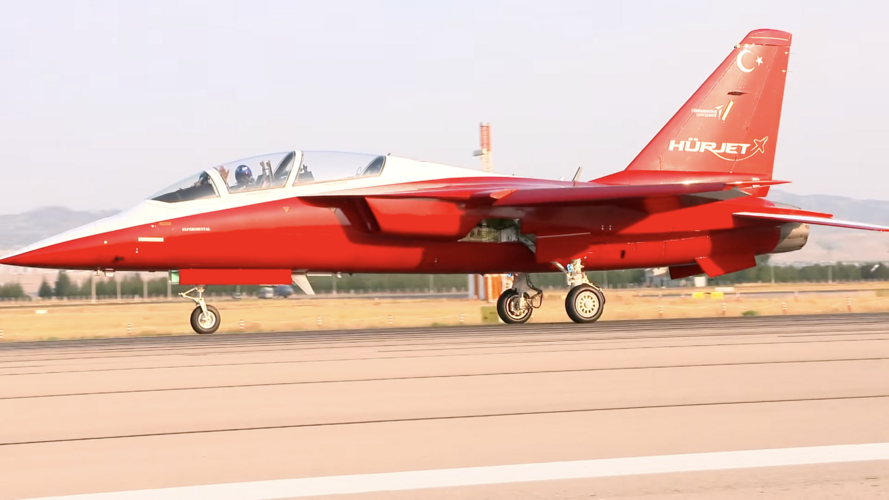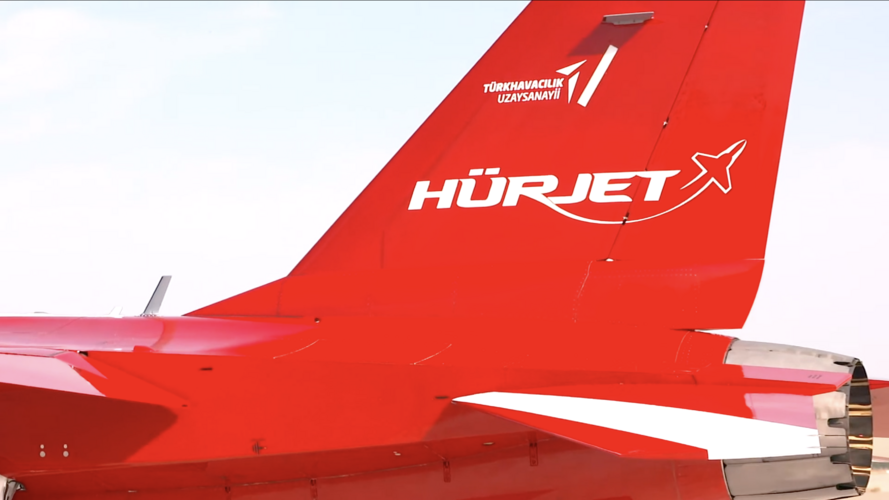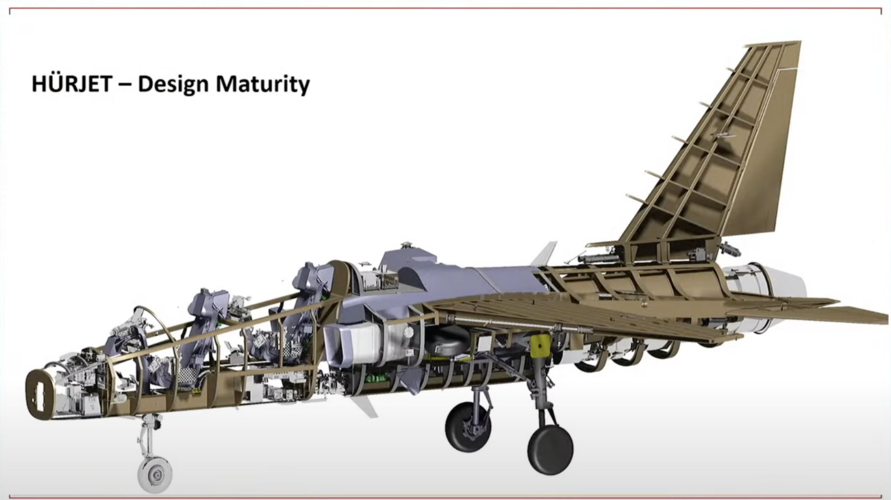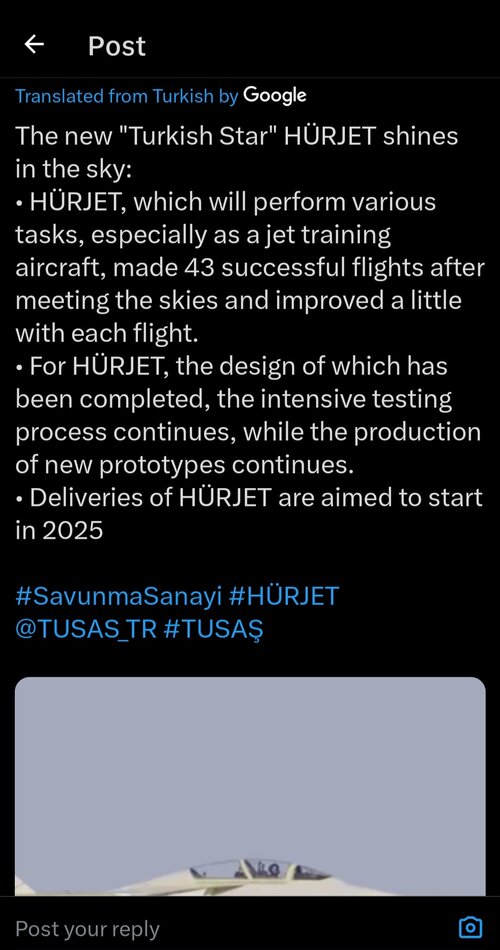I'm guessing LRIP will still happen in 2025. Mass production will start in 2028.Is there a reason for the delay ? It seems that the program was proceeding on schedule with no abnormal issues being encountered.
You are using an out of date browser. It may not display this or other websites correctly.
You should upgrade or use an alternative browser.
You should upgrade or use an alternative browser.
TAI HURJET
- Thread starter ocay
- Start date
Radonislav
ACCESS: Confidential
- Joined
- 16 November 2022
- Messages
- 146
- Reaction score
- 202
View: https://twitter.com/gooksel/status/1696530498389225821?s=20
Hürjet will be delivered to TurAF in 2025
TUSAŞ is expecting an export/foreign order for Hürjet
Hürjet will be delivered to TurAF in 2025
TUSAŞ is expecting an export/foreign order for Hürjet
Hürjet during some formation flying with the Turkish Stars display team. HUD has been installed.
View: https://twitter.com/avionot/status/1699364659109728738?s=20



View: https://twitter.com/avionot/status/1699364659109728738?s=20
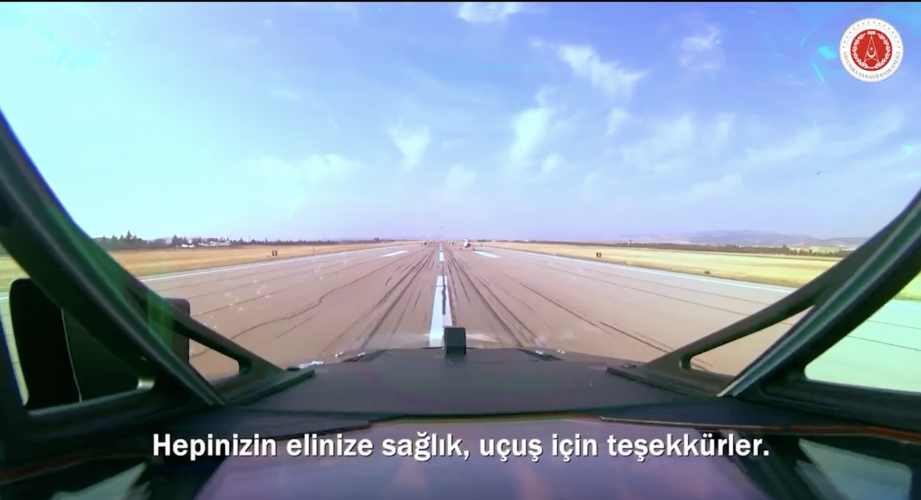
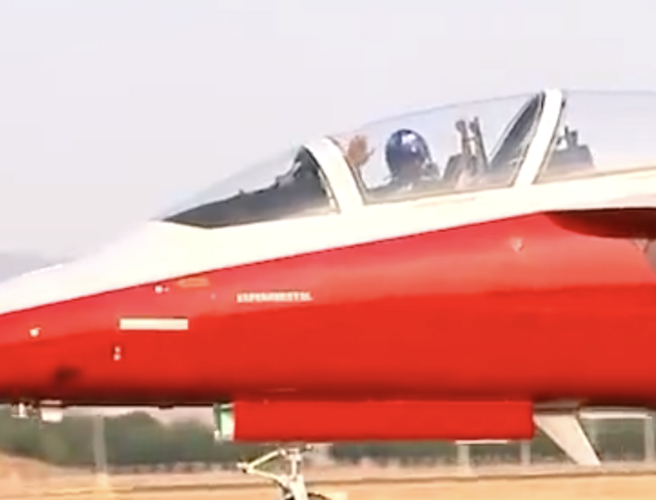
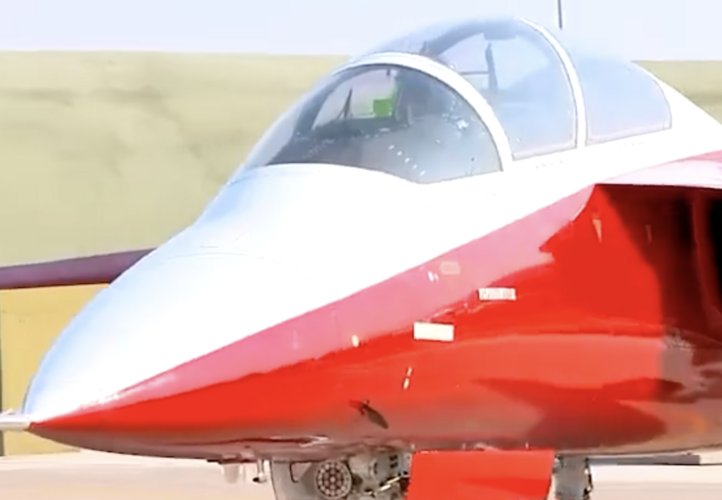
• HÜRJET Chief Test Pilot Ercan Çelik:
• It's really exciting to take such an acrothym on your arm and fly it. It is a great honor and privilege to have done this with HÜRJET. We have successfully performed this and HÜRJET has never been a stranger among Turkish Stars. "We showed good leadership."
• We have seen the sensitivity of the Flight Control System and that HURJET can control the 6 planes in the arm in a way that will not distract. One of HÜRJET's future missions, perhaps the best one, will be with the Turkish Stars."




Via Göksel Yıldırım
• It's really exciting to take such an acrothym on your arm and fly it. It is a great honor and privilege to have done this with HÜRJET. We have successfully performed this and HÜRJET has never been a stranger among Turkish Stars. "We showed good leadership."
• We have seen the sensitivity of the Flight Control System and that HURJET can control the 6 planes in the arm in a way that will not distract. One of HÜRJET's future missions, perhaps the best one, will be with the Turkish Stars."
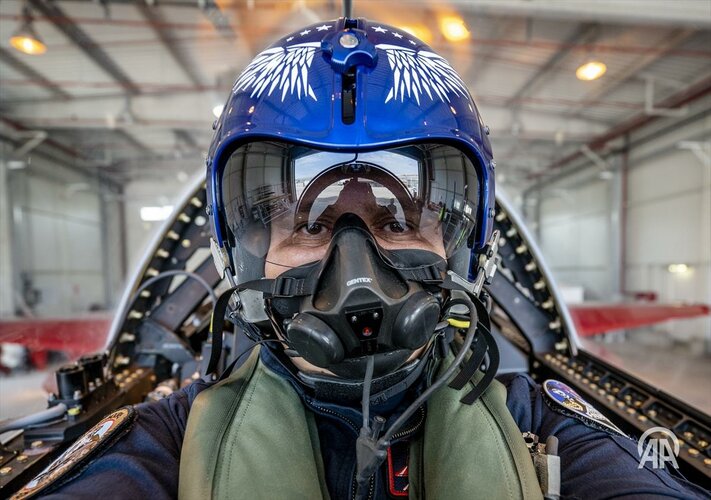
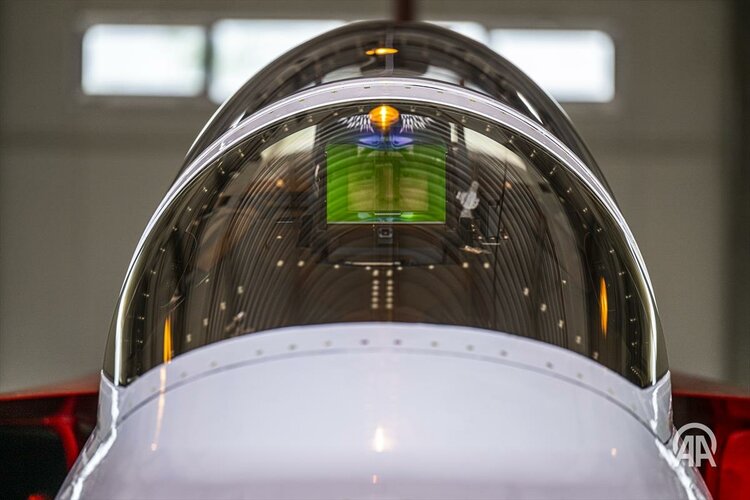
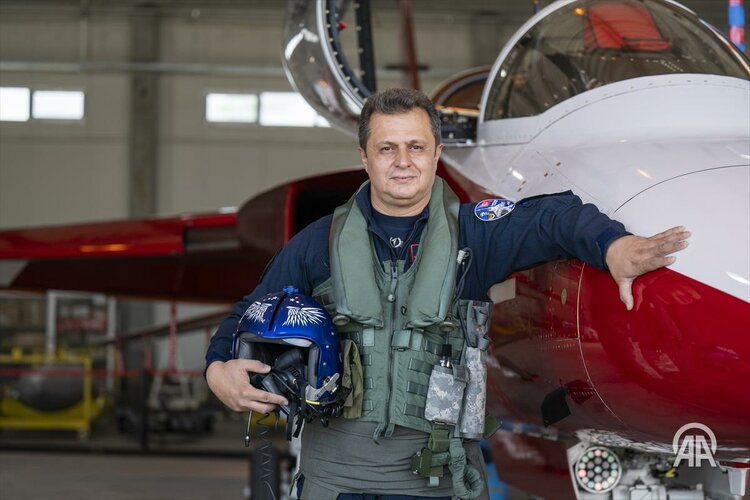
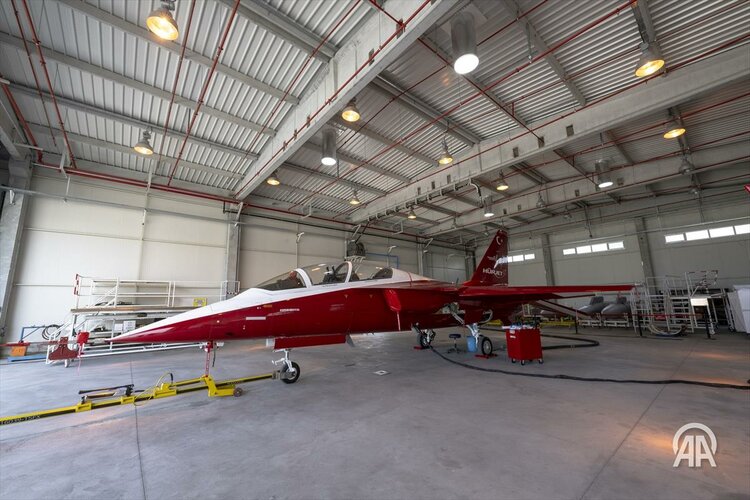
Via Göksel Yıldırım
Last edited:
HÜRJET, Turkey's first jet-powered military aircraft, has made 20 flights so far.
HÜRJET Chief Test Pilot Ercan Çelik: "As long as the weather conditions and all conditions allow, we are now in a routine. We fly 2-3 times a week, like a serial plane. This is a very good thing.
I can say that this is the biggest plus. I have been involved in other projects before, so don't worry about flying this frequently... Our plane continues to be that way because it has already taken its first flight in a mature state. I hope we will continue this way as long as there is no setback.
The plane will improve day by day like this. "As the Flight Control System, avionics, pilot assistants and all systems gradually prove themselves, we will see HÜRJETs increase in number as production follows and other aircraft are released."




Via SST
HÜRJET Chief Test Pilot Ercan Çelik: "As long as the weather conditions and all conditions allow, we are now in a routine. We fly 2-3 times a week, like a serial plane. This is a very good thing.
I can say that this is the biggest plus. I have been involved in other projects before, so don't worry about flying this frequently... Our plane continues to be that way because it has already taken its first flight in a mature state. I hope we will continue this way as long as there is no setback.
The plane will improve day by day like this. "As the Flight Control System, avionics, pilot assistants and all systems gradually prove themselves, we will see HÜRJETs increase in number as production follows and other aircraft are released."
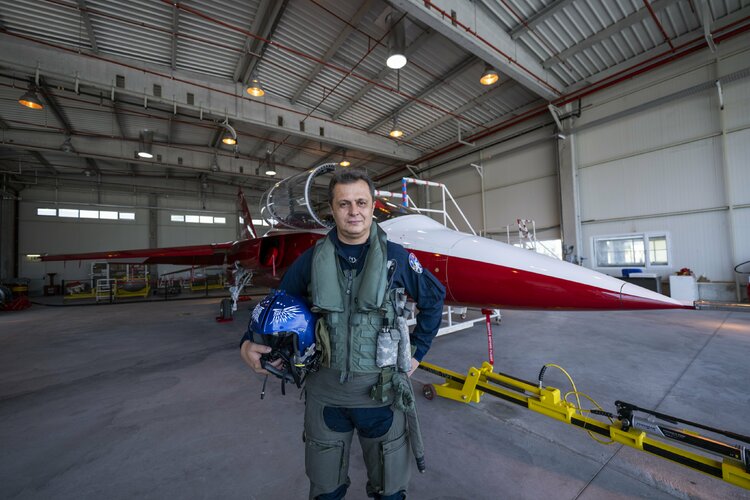
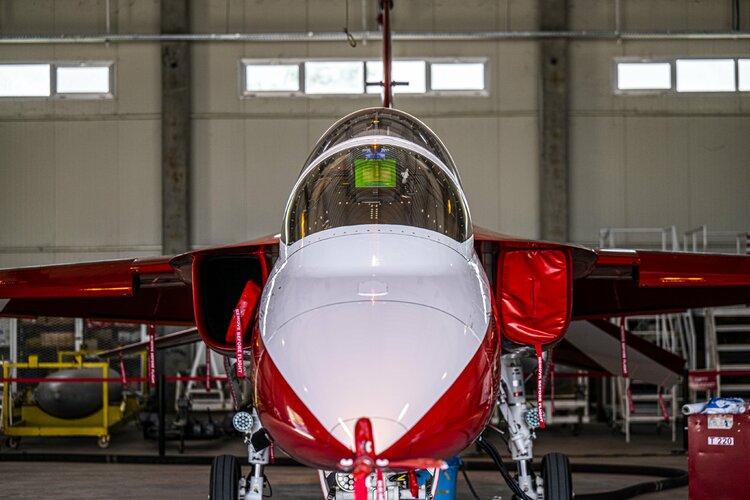
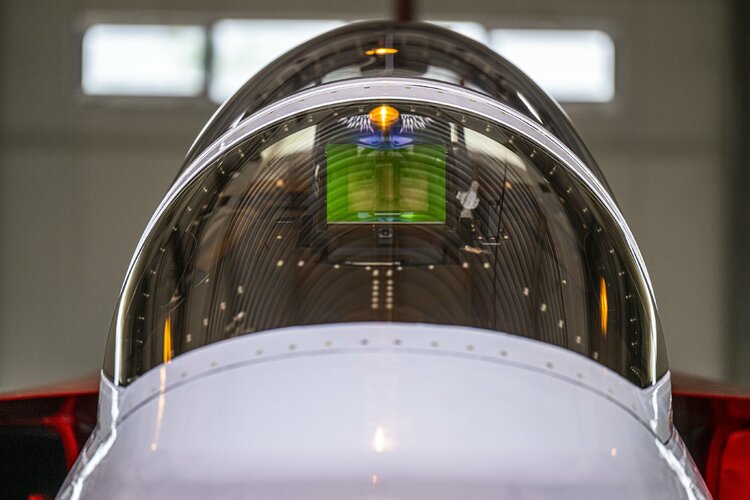
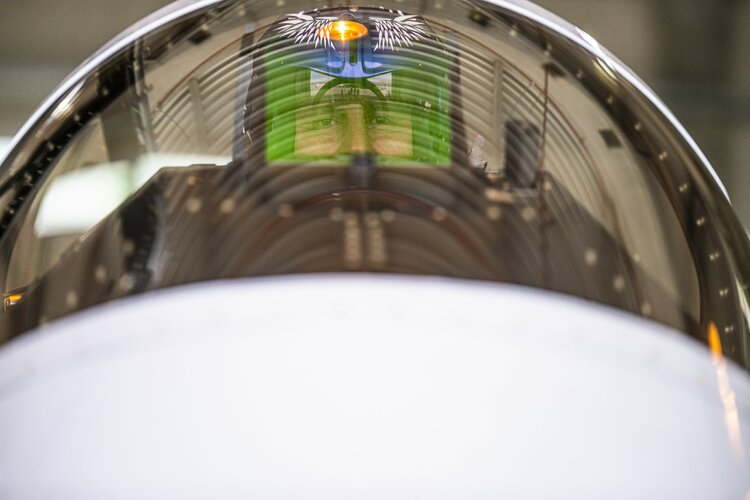
Via SST
Last edited:
Hürjet afterburner test. They also activated the second seat and performed touch-and-go.
View: https://twitter.com/KeremHok/status/1721398458924273666?t=wsb5kdllsk6MOs-9qzmWLg&s=19#TAI General Manager Temel Kotil:
#HÜRJET
We will deliver 1 to the Air Force at the end of next year. We will deliver another 1 later. After that, we will deliver 2 units every month. (Google Translate)
HÜRJET reached Mach 0.6
HÜRJET Jet Training Aircraft made its 27th flight. The design phase of HÜRJET has ended.
Jet Training Aircraft HÜRJET took to the skies for the 27th time in October. In this flight the calibration of the air data system and model verifications were carried out.

To carry out the high-speed tests, the aircraft's landing gear was retracted and the engine power was increased to Max A/B.
As the engine power reached Max A/B, the propulsion system used in the aircraft produced 50 percent more thrust force, enabling the aircraft to accelerate to 0.6 times the speed of sound.
The flight envelope of HÜRJET, which will reach speeds above the speed of sound, continues to expand. In the future, supersonic tests will be carried out with other HÜRJET prototypes as well as this one.
*rough translation
View: https://x.com/SavunmaSanayiST/status/1757400483411497000?s=20
HÜRJET Jet Training Aircraft made its 27th flight. The design phase of HÜRJET has ended.
Jet Training Aircraft HÜRJET took to the skies for the 27th time in October. In this flight the calibration of the air data system and model verifications were carried out.

To carry out the high-speed tests, the aircraft's landing gear was retracted and the engine power was increased to Max A/B.
As the engine power reached Max A/B, the propulsion system used in the aircraft produced 50 percent more thrust force, enabling the aircraft to accelerate to 0.6 times the speed of sound.
The flight envelope of HÜRJET, which will reach speeds above the speed of sound, continues to expand. In the future, supersonic tests will be carried out with other HÜRJET prototypes as well as this one.
*rough translation
View: https://x.com/SavunmaSanayiST/status/1757400483411497000?s=20
- Joined
- 2 January 2006
- Messages
- 3,615
- Reaction score
- 3,638
The 2nd Hürjet under construction

via: View: https://twitter.com/turkishcentury/status/1757034302208979263
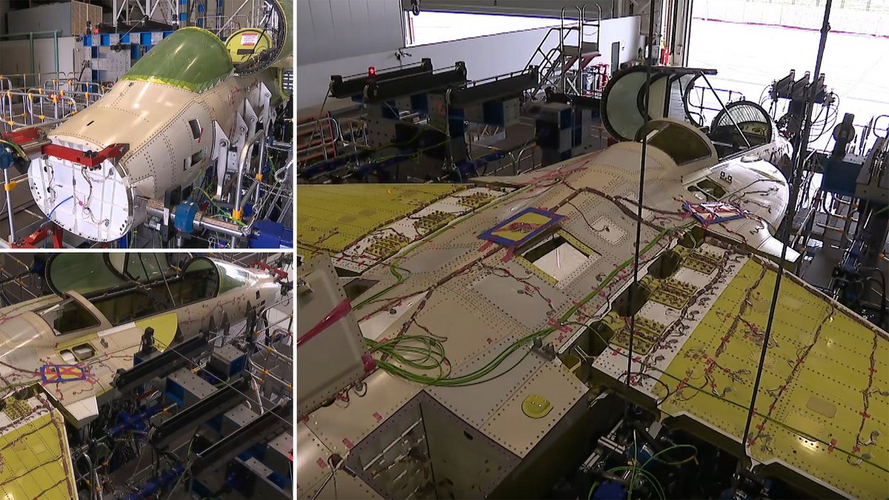
via: View: https://twitter.com/turkishcentury/status/1757034302208979263
This is P0, the static prototype. FAL of Hürjet is located at a converted mod hangar. This bench is located perpendicular to TF-X's assembly facility, they're both under the same roof.The 2nd Hürjet under construction
View attachment 719997
via: View: https://twitter.com/turkishcentury/status/1757034302208979263
View: https://x.com/TUSAS_TR/status/1763914185832862072?s=20
-43 test flights.
-Total flight time 34 hours.
-43 test flights.
-Total flight time 34 hours.
Well the Kaan project team is regularly fed trays of Baklava by the top brass so I wouldn't be surprised if some of the folks in Hurjet team are similarly in a sugar induced coma.Damn guys slow it down. Making our MIC look like slugs.
- Joined
- 2 January 2006
- Messages
- 3,615
- Reaction score
- 3,638
View: https://x.com/TUSAS_TR/status/1763914185832862072?s=20
-43 test flights.
-Total flight time 34 hours.
Don't want again to ruin the party, but 43 flights & 34 hours total flight time sounds not that much within lets say about 10 months!
Does anyone know what's the total amount of flight hours planned before certification and what for example the T-7 had so accomplish for certification?
Combat-Master
ACCESS: Top Secret
- Joined
- 15 July 2020
- Messages
- 1,247
- Reaction score
- 3,529
Baklava, better than Red-BullWell the Kaan project team is regularly fed trays of Baklava by the top brass so I wouldn't be surprised if some of the folks in Hurjet team are similarly in a sugar induced coma.
You got used to the incredible speed of development from Boramae, haven't you? Well you're right, but remember that this is the only flying prototype, and it is their first supersonic aircraft. From this POV it is entirely sensible to go slower than anticipated. But I wouldn't call the speed of development slow either, it is going on its own pace but I reckon this is going to change since LRIP is supposed to begin in 2025.Don't want again to ruin the party, but 43 flights & 34 hours total flight time sounds not that much within lets say about 10 months!
Does anyone know what's the total amount of flight hours planned before certification and what for example the T-7 had so accomplish for certification?
Last edited:
@TUSAS_TR General Manager @Temel_Kotil made important statements in the Perspective program he attended on Çay TV News on March 16, 2024.
- "After Hürkuş was completed, we discussed building a 19-seater passenger plane. At that time, (SSB President) İsmail Demir wanted a jet training plane (Hürjet). The state said, let's build the jet training plane first, then let's build KAAN.
- Hürjet is doing very well. We will give it to the Air Force as of the beginning of next year (2025). The Air Force ordered 14.
- We produced 15 Hürkuş, now we are producing 60 more. We are manufacturing it for our Air Force. (the first) 15 (are) finished, the other 60 started. We produce 2-3 per month. (Source: https://youtube.com/watch?v=yUp0ircWldk… )
Turns out TAI Malaysia has delivered avionics for Hürjet this year... See the quotes:
(mashine translation from indoneasian):
1/ Finally answered, TUSAS Malaysia makes embedded training computers, part of the embedded training system. Electronics are for simulators, not avionics for airplanes. This possibility is part of the Hurjet aircraft simulator called Hurjet 270.
2/ As far as I know, TUSAS has established a branch office in Malaysia, but this is a design office and not a production facility or factory for making avionics. TUSAS established a branch in Malaysia for avionics and a branch office in Indonesia for structures.
3/ Because it does not have production facilities, this branch office utilizes a collaborative partnership model with vendors and suppliers, both at home and abroad.Even so, what Malaysia has achieved is a good thing for countries in the Southeast Asia region. Good Job.
View: https://x.com/yudisupri_454/status/1778799163653935457
TUSAS Malaysia showcased 1st Made in Malysia avionics built for Hurjet trainer
View: https://x.com/GardaAramis/status/1746884584451813643
View: https://x.com/SavunmaSanayiST/status/1780974190096511414Additional order for HÜRJET: Delivery is brought forward by 1 year!
Prof. Dr. Haluk Görgün:"In addition to the 4 Block-0 aircraft signed between our Presidency and TAI, we are including 12 Block-1 aircraft in the scope.With this contract change, the delivery of 12 serial aircraft within the scope of Block-1 will be converted into a firm order. Aircraft delivery dates will be improved and brought forward by 1 year."
With this initial order, Hürjet is soon set to replace the NF-5s of the Turkish Stars aerobatic team. Follow up orders of close to 80 or likely more aircraft are also expected, and the Naval Aviation branch is also seriously interested in a navalised version of Hurjet. (for more info on Naval Hurjet: https://www.secretprojects.co.uk/threads/turkish-aircraft-carrier-concept.43031/post-662596)
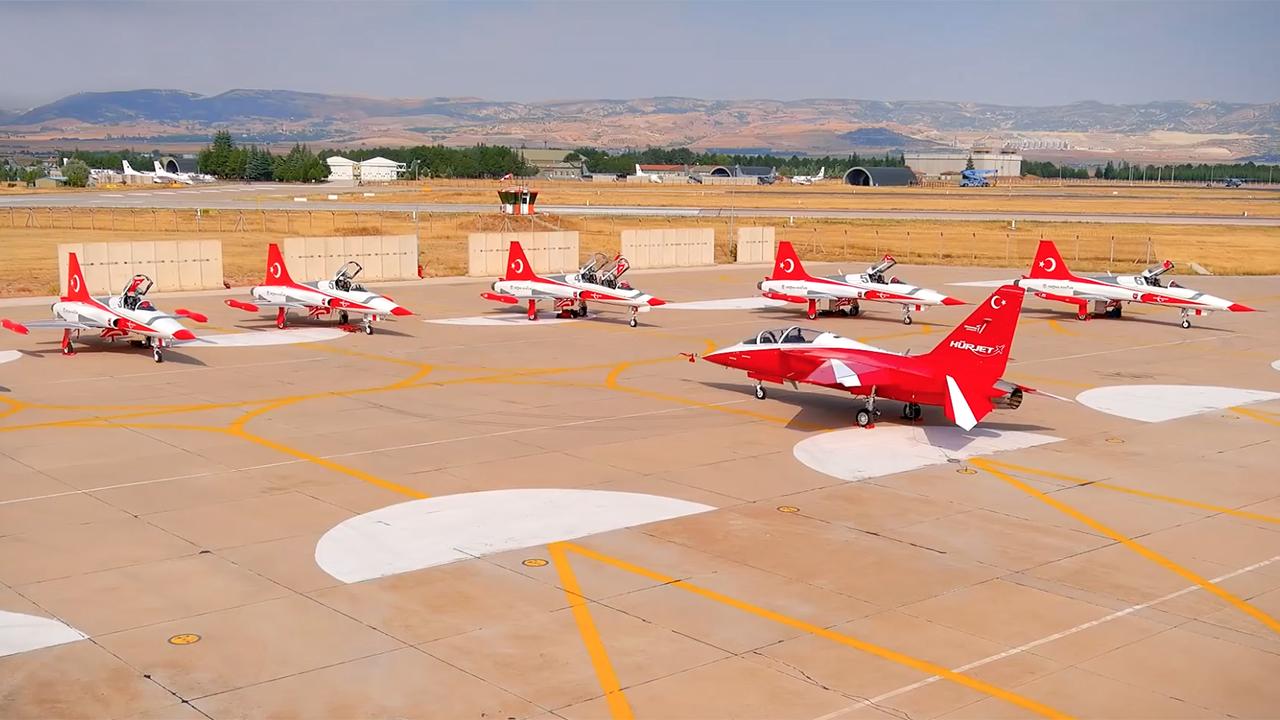
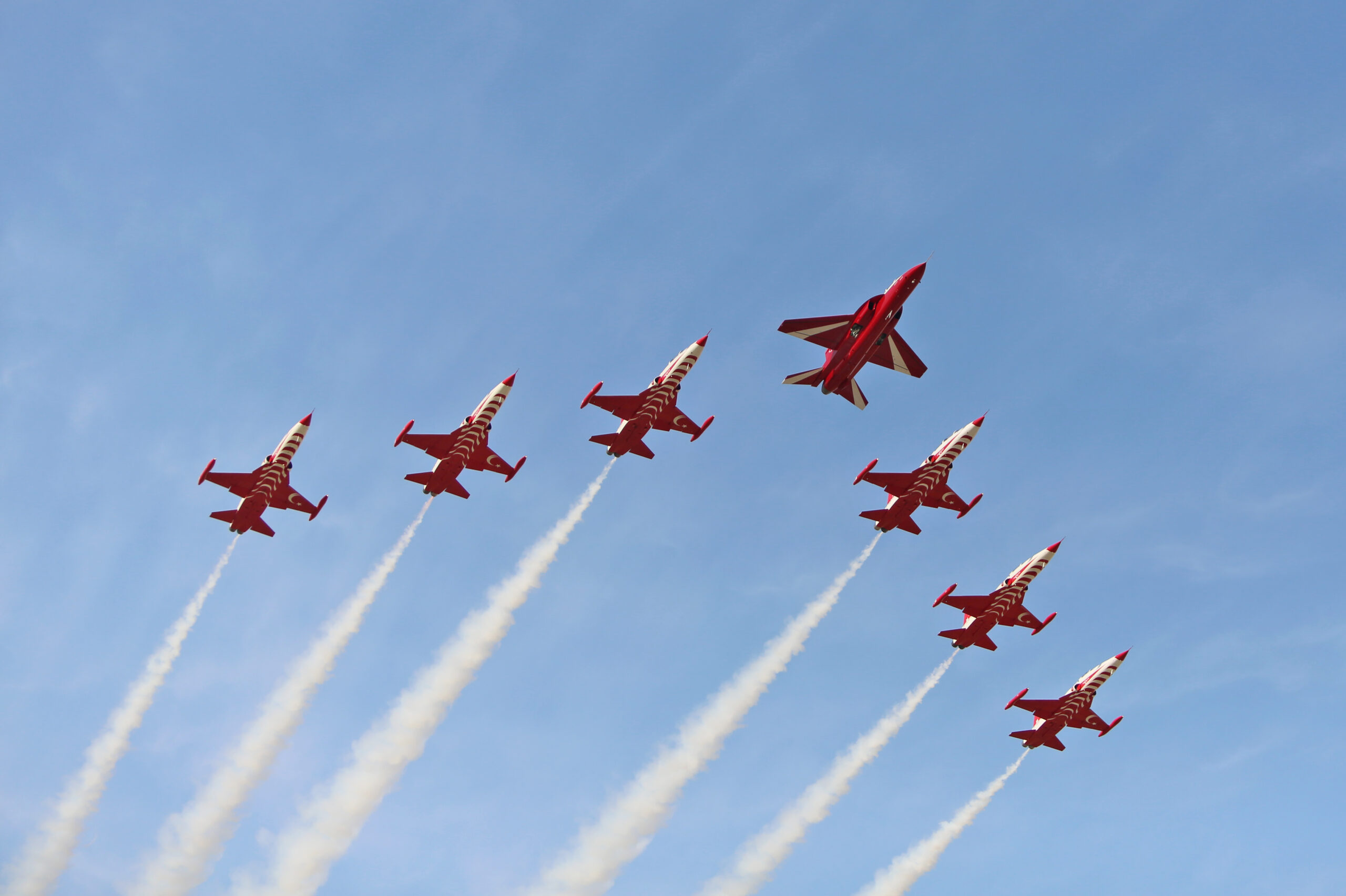
martinbayer
ACCESS: Top Secret
- Joined
- 6 January 2009
- Messages
- 2,871
- Reaction score
- 2,953
All hail Turkey as the umlaut king of the world! And coming from a native German, that is no faint praise indeed...
To be precise, the ¨ used in <ü> and <ö> in the modern Turkish alphabet and <ä>, <ï> and <ë> in Turkological notation should not be called umlaut but diæresis instead, as the vowels notated them are not the result of an umlauting (A change of quality of a vowel in a syllable caused by a different vowel or semivowel in a following vowel or semivowel which, in the case of modern Germanic languages has usually been lost. An example of (i-)umlaut in modern English, German and Swedish would be foot - feet, Fuß - Füße, fot - fötter, stemming from Proto-Germanic *fōts - fōtiz, the *-i- in the nominative plural causing a fronting of the *ō in the main syllable in the daughter languaes). In Turkic languages (just like in my native Finnish and many of its relatives like Hungarian which are Uralic languages) the diæresis is used to different front and back vocalic pairs of vowel phonemes like /a/ - /ä/, /o/ - /ö/, /ë/ - /e/, /u/ - /ü/ and /ï/ - /i/ as these languages have palatal vowel harmony where front and back vowels cannot exist in the same word.All hail Turkey as the umlaut king of the world! And coming from a native German, that is no faint praise indeed...
As a note to the actual topic at hand I must admit that I find it rather amusing that the Hürjet, a lead-in-fighter-trainer, is quite bit larger than F-5E/F, a light fighter. Talk of increasing sizes of combat aircraft!
it's been a year already...
We will continue to break new ground in the skies! Happy birthday #HÜRJET ! 50 sorties, 39 hours 44 minutes flight time,15 thousand ft altitude
I believe this clip is originally from the documentary released shortly after the maiden flight.
Anyway, here's the installation of an F404 into Hürjet
View: https://x.com/KeremHok/status/1783747664980422928



Anyway, here's the installation of an F404 into Hürjet
View: https://x.com/KeremHok/status/1783747664980422928
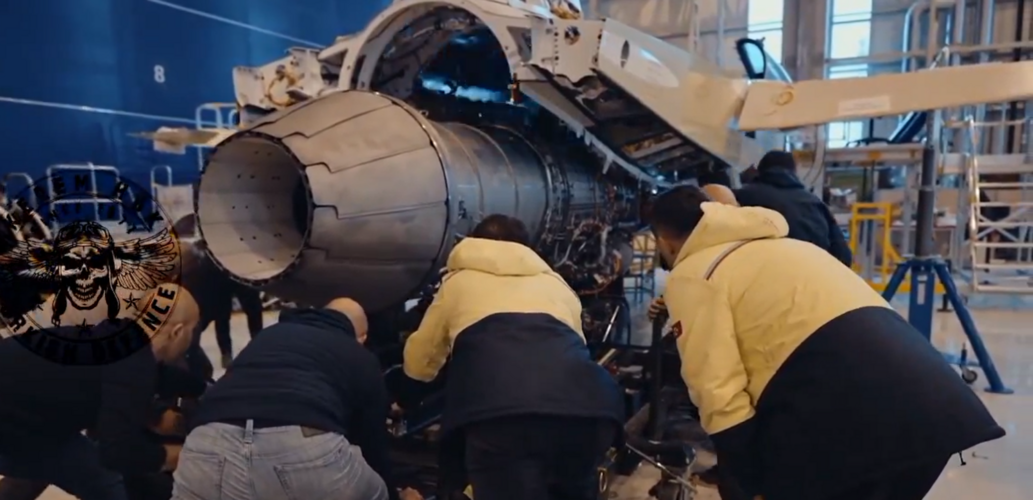
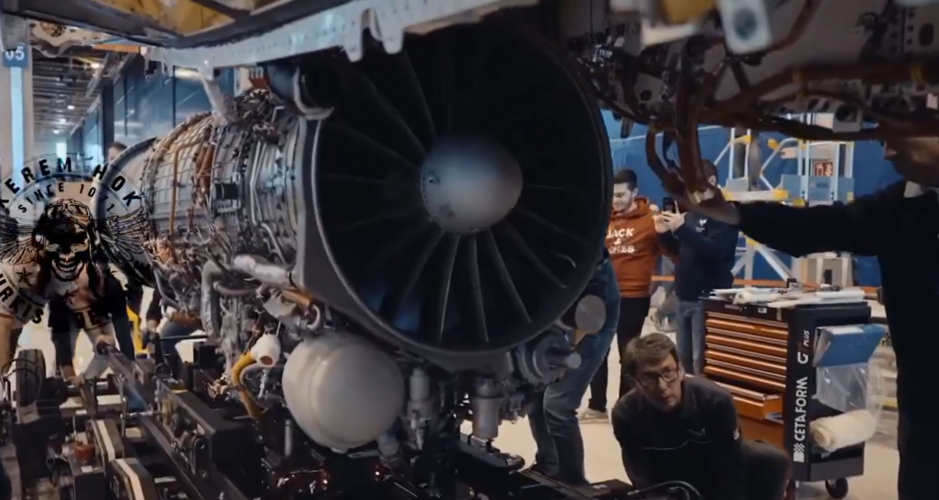
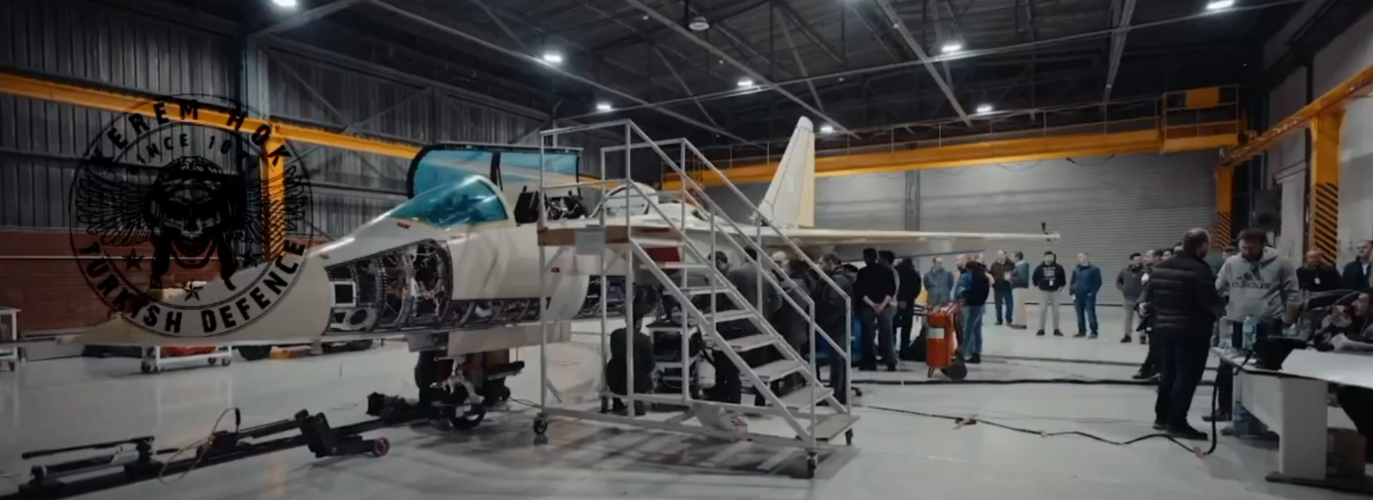
that link is dead
View: https://x.com/TUSAS_TR/status/1784898780409610450
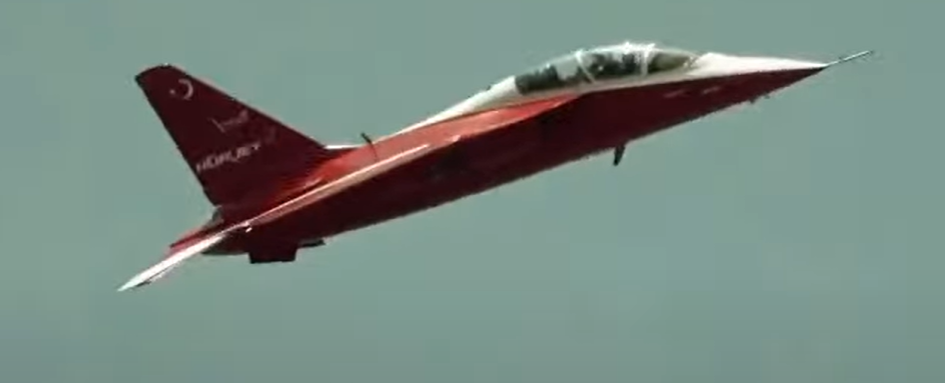
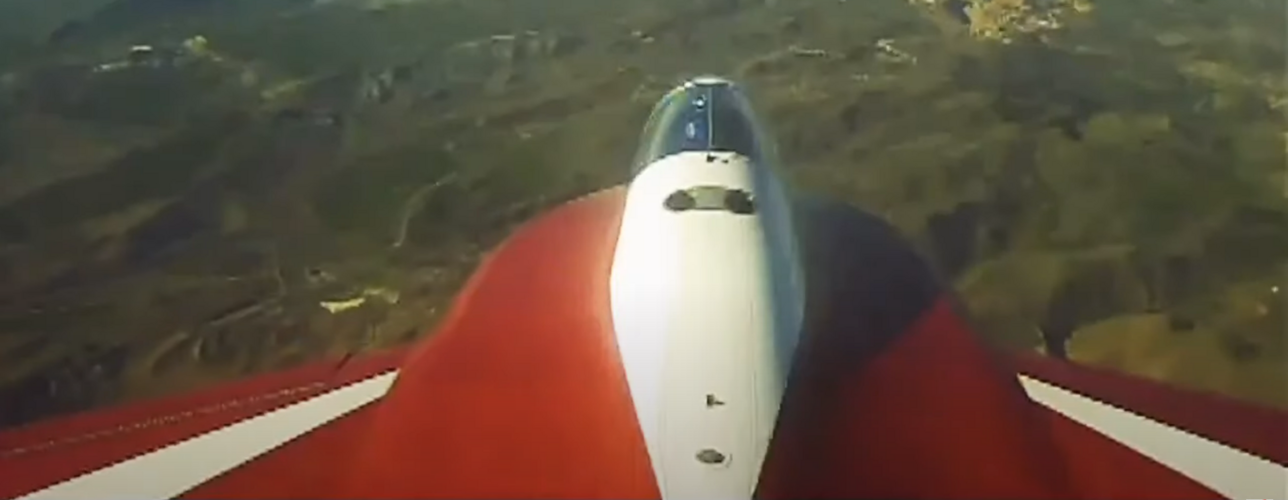


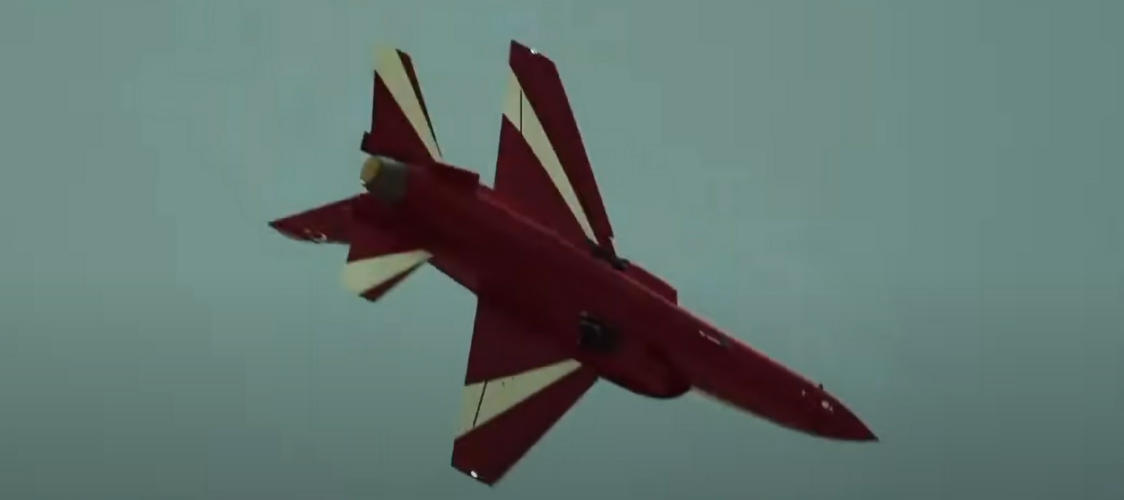

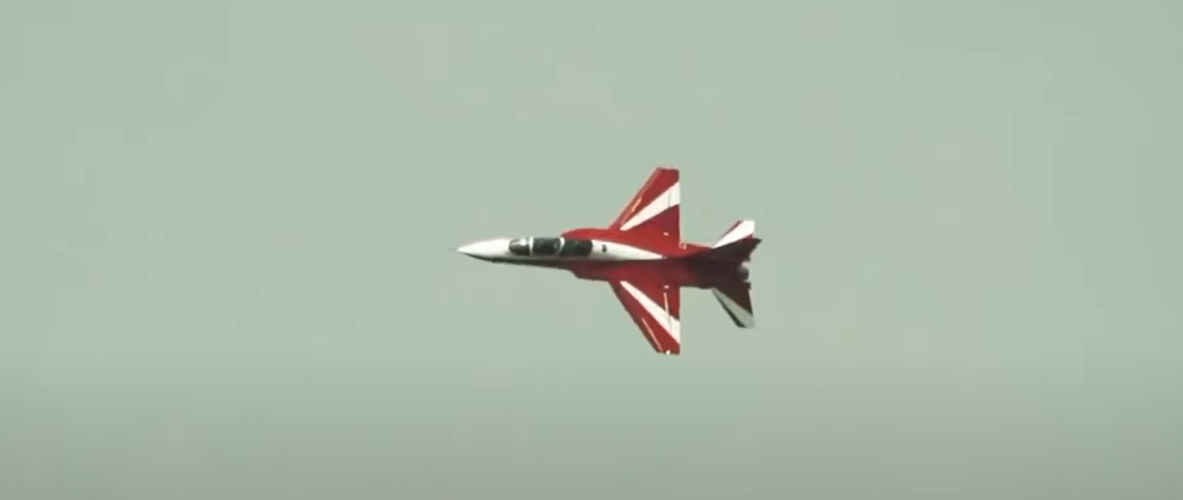
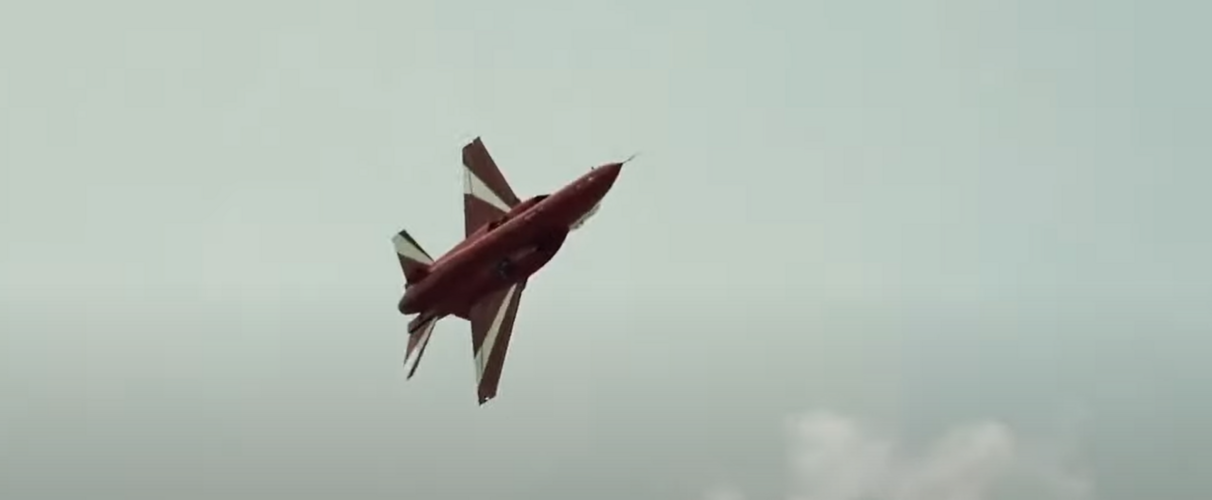
View: https://twitter.com/TUSAS_TR/status/1791025356859650445?t=paqzLFpjdWzFGRSXKMfkhw&s=19There is️ on stage!
Moreover, it will be in Samsun on May 19th.
#HÜRJET
Last edited:
Hürjet rehearsing for the airshow tomorrow:
View: https://x.com/SavunmaSanayiST/status/1791864711136350495
View: https://x.com/SavunmaSanayiST/status/1791864711136350495
Hürjet rehearsing for the airshow tomorrow:
View: https://x.com/SavunmaSanayiST/status/1791864711136350495



BLACK_MAMBA
ACCESS: Secret
- Joined
- 17 July 2019
- Messages
- 373
- Reaction score
- 844
Why is it flying without the closing doors for the main wheel bays?
BLACK_MAMBA
ACCESS: Secret
- Joined
- 17 July 2019
- Messages
- 373
- Reaction score
- 844
I suspect not. On a supersonic capable plane I cannot see such a large gaping hole as a good idea aerodynamically... Not to mention the possible damage that can be caused. It is very different to say Typhoon's pressure relief cut for the nose gear.Partial landing gear covers may be by design. We can be sure when the 2nd prototype is revealed.
View: https://x.com/dolunayadam/status/1792260132950147311Partial landing gear covers may be by design. We can be sure when the 2nd prototype is revealed.
Video from today's airshow:
View: https://x.com/i/web/status/1792242289013662135
They probably removed it for easier access, there's no part that is inherently missing on the first prototype.It seems the design indeed includes the secondary cover. Probably it will be present in the 2nd prototype. Please see the design here:
View: https://youtu.be/q5T5MC7C79k?t=91
Both TAI and Baykar regularly do it during the testing phases of new aircraft, it has become a norm and is no big deal.
Last edited:
Hurjet enters Spain's F-5 Replacement Tender
Spain Revives F-5 Trainer Replacement
https://aviationweek.com/defense-sp...raining/spain-revives-f-5-trainer-replacementLONDON—Spain’s on-again, off-again efforts to pick a replacement platform for the F-5 lead-in trainer aircraft are again underway, with options including development of a new system to support the air force’s future fighter ambition.
Spain is looking at four systems already on the market for the F-5 replacement, while also studying the possibility of pursuing a brand new design, Lt. Col. Hugo Garcia Galán, deputy operational chairman for the Next Generation Weapon System effort at the Spanish Air and Space Force, told a Royal Aeronautical Society event here May 21.
The contenders are the Boeing T-7, Korea Aerospace Industries T-50, Leonardo M-346 and Turkish Aerospace (TAI) Hurjet, though other contenders also could come into the running, Garcia said. Even if Spain goes ahead with backing development of a trainer optimized to support pilot education for sixth-generation combat aircraft, the government could proceed with an interim purchase of an existing system to bridge any gap, he added.
Spain has delayed the retirement of the F-5 from around 2028 to 2030 or later, he said, and there is no firm timeline when a decision on the way forward will be made.
Development of a new fighter would involve partnering with at least one other European country. Garcia said France, Italy or the UK would be among potential candidates.
The future fighter that Spain is working to develop with France and Germany (Belgium is an observer on the project) is scheduled to enter service sometime after 2040. France and Germany in particular have been haggling over the structure of the program and way forward. Garcia acknowledged the schedule has slipped during the opening phases, but added it is currently running to plan.
Last edited:
WatcherZero
ACCESS: Top Secret
- Joined
- 22 May 2023
- Messages
- 633
- Reaction score
- 1,333
There has indeed been strong talk of Airbus developing a brand new trainer in Spain to complement the FCAS.
Interesting. Makes you wish the MAKO had been built... (preferably with EJ200)
Range could turn out to be a decider here. The C-101 had an unusual requirement to reach the Canary Islands from the mainland without tanker support. Spain has since acquired greater refueling capacity (3x MRTT plus A400M instead of 2x707), but the ability might still count as a favourable factor. On that basis, the M-346 and T-7 could possibly have an edge over the other two (highest fuel fractions). Not sure the T-50 even has an operational refueling capability, although development of a probe/drogue installation has been contracted.
Range could turn out to be a decider here. The C-101 had an unusual requirement to reach the Canary Islands from the mainland without tanker support. Spain has since acquired greater refueling capacity (3x MRTT plus A400M instead of 2x707), but the ability might still count as a favourable factor. On that basis, the M-346 and T-7 could possibly have an edge over the other two (highest fuel fractions). Not sure the T-50 even has an operational refueling capability, although development of a probe/drogue installation has been contracted.
There has indeed been strong talk of Airbus developing a brand new trainer in Spain to complement the FCAS.
Similar threads
-
-
Proposed NASA budget could lead to a number of new X-Planes
- Started by Flyaway
- Replies: 21
-
Turkey commissions its first indegenous stealth warship: The MILGEM Class
- Started by TuAF
- Replies: 3
-
New generation of unmanned spy planes is being tested
- Started by seruriermarshal
- Replies: 2
-

